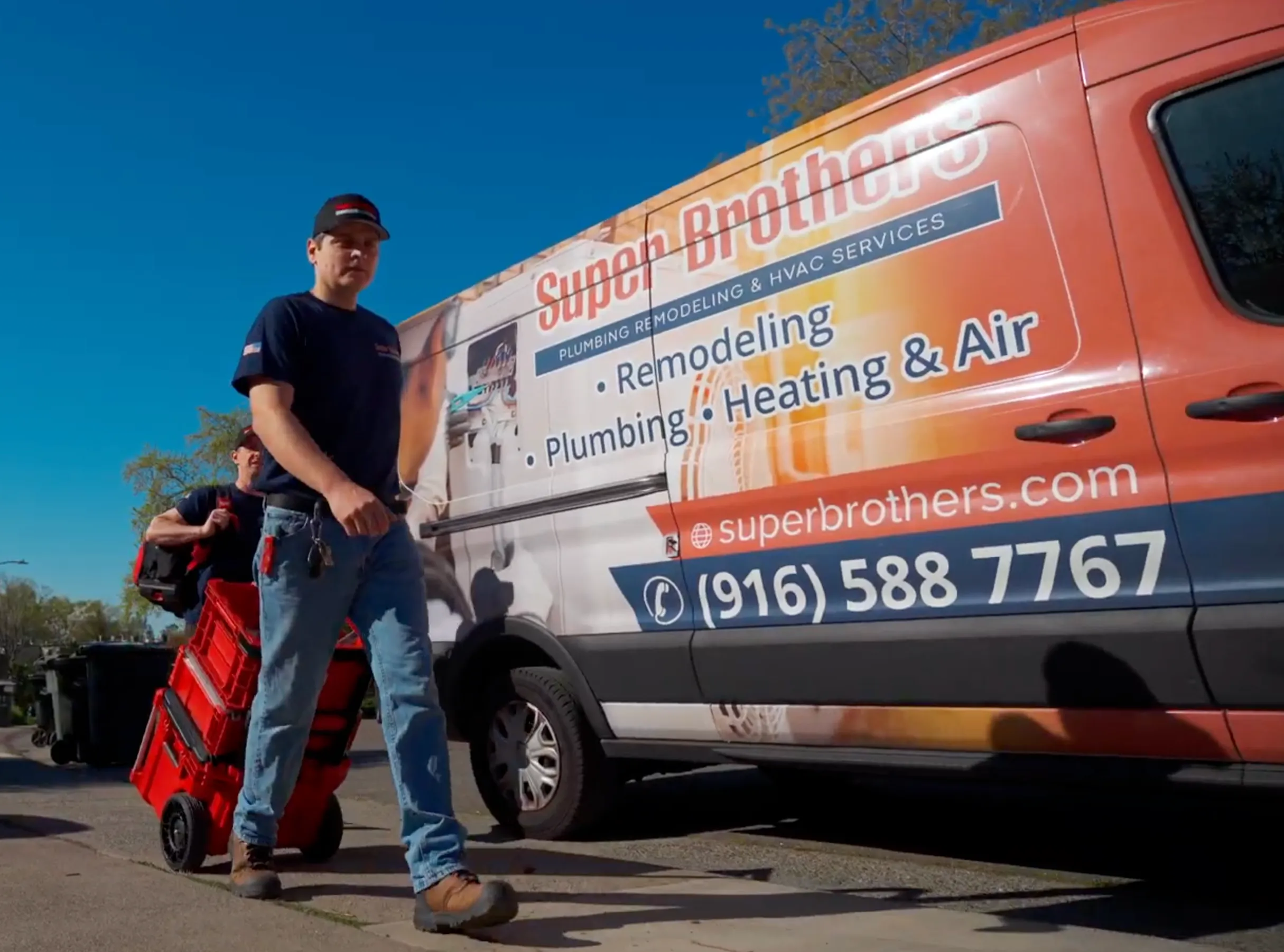Did you know that the average cost to replace a Pressure Reducing Valve (PRV) can range from $150 to $3000? Understanding the expenses involved in PRV valve replacement is crucial for homeowners and businesses alike. Whether it’s due to wear and tear or a need for an upgrade, knowing the potential costs can help you plan and budget effectively. In this post, we will delve into the factors influencing PRV valve replacement costs, ways to save money on the process, essential considerations before embarking on this maintenance project, and estimating the psi due to excessive water pressure.
Understanding PRV Replacement
Function
A Pressure Reducing Valve (PRV) controls water pressure in your plumbing system, keeping it at safe levels to prevent damage. Malfunctioning PRVs can lead to issues like leaks, appliance damage, and inefficient water use.
Importance
Maintaining a PRV ensures proper plumbing function, preventing damage from fluctuating water pressure. Regular maintenance can extend the valve’s lifespan and reduce the risk of sudden failures, avoiding costly repairs.
Necessity
Replacing a malfunctioning PRV is crucial to maintain optimal water pressure and prevent further plumbing damage. It ensures consistent water flow throughout your property.

Factors Affecting Replacement Costs
Price Ranges
- PRV Valve Cost: $50 to $250, depending on brand and quality.
- Plumber Fees: $200 to $500, influenced by job complexity and hourly rates.
Cost Savings
Replacing the PRV yourself can save $200 to $500 in labor costs.
Average Costs and Additional Expenses
- New PRV Valve: Costs between $50 and $250. Brands like Watts, Zurn, or Wilkins are reliable options.
- Plumber Fees: Typically $150 to $300 per hour. Rates vary based on location and plumber experience.
- Additional Expenses: Permit fees ($50 to $200) and possible pipe repairs ($100 to $500) may apply.
Labor Costs
Labor costs depend on the time required and geographical location. Obtain multiple quotes from plumbers to ensure fair pricing.
Example Estimate
For a standard PRV replacement, expect to pay around $400 to $800. This includes the new valve, plumber fees, permit charges, and any additional materials or labor.
Recognizing the Need for a New PRV
Signs
If you notice water pressure fluctuations, leaks, or banging noises in your pipes, your PRV might be failing. Unexplained increases in your water bills can also signal a problem with the PRV.
Checking Functionality
To check if your PRV is working, monitor your home’s water pressure regularly with a pressure gauge. Compare the pressure to recommended levels for your area. Also, check if the water flow is consistent when using multiple fixtures at once. Inconsistent flow can indicate PRV issues.
Importance
Replacing a faulty PRV promptly is key to avoiding plumbing problems like pipe bursts and water damage, which can lead to expensive repairs.
Installation Guide for Water Pressure Regulators
Preparing the Installation Before replacing the PRV valve, gather your tools: a pipe wrench, Teflon tape, and a new PRV valve. Turn off the water supply and relieve pressure by opening a spigot. Locate the existing PRV near your water meter, use the pipe wrench to remove it, and clean the pipe threads.
Installing the New PRV Valve Wrap the threads on the new PRV valve with Teflon tape in a clockwise direction to ensure a tight seal. Attach the new valve to the pipe using the pipe wrench. Adjust the pressure setting on the new valve as needed, typically by turning a screw on top. Follow the manufacturer’s instructions for specific details.
Tips for Successful Installation
- Align the new PRV valve properly with the existing pipes to avoid leaks.
- Check for any debris or obstructions in the pipes before installation.
- Test the new valve by slowly reopening the water supply and checking for leaks.
- If you’re unsure about any part of the installation, consult a professional plumber.
Safety Precautions
- Wear protective gear like gloves and safety goggles when working on plumbing.
- Turn off electricity to nearby appliances or devices that could be hazardous.
- Be cautious of hot water from the water heater while working near it.
- Avoid over-tightening fittings to prevent pipe damage or leaks.
Making an Informed Decision
Key Considerations Before replacing a PRV, consider the age and condition of the existing valve, any recent pressure issues, and consult with professional plumbers to determine if a replacement is needed.
Evaluation Checklist
- Look for leaks or corrosion on the current PRV.
- Monitor for water pressure fluctuations.
- Consult a plumbing professional for a detailed assessment.
- Weigh the costs of repair against replacement.
Choosing the Right Option
When selecting a new PRV, evaluate your home’s water pressure needs and choose a valve with the appropriate pressure rating. Decide between traditional brass valves or newer stainless steel models, and consider pressure-adjustable options for custom settings.
Pros and Cons
- Pros: Maintains consistent water pressure, improves plumbing efficiency, and extends appliance life.
- Cons: Initial costs for installation and materials, and requires professional setup and calibration.
Recommendations
- Obtain quotes from multiple plumbers to compare costs and services.
- Focus on quality materials and components over cost.
- Schedule regular maintenance to ensure the new PRV performs well.
Summary
Understanding the importance of a well-functioning PRV and the factors affecting replacement costs can help you save money. Keep up with PRV technology advancements, recognize the signs of malfunction, and consult professionals to ensure a smooth replacement process. Stay proactive about your water pressure system to maintain a reliable and damage-free supply.



